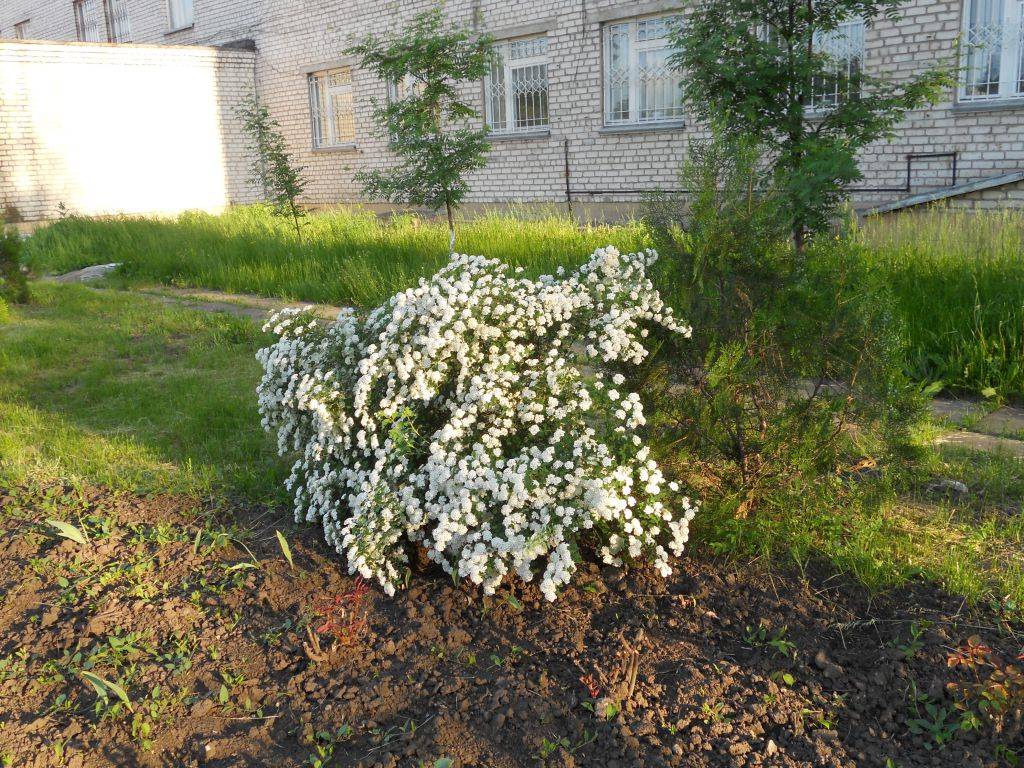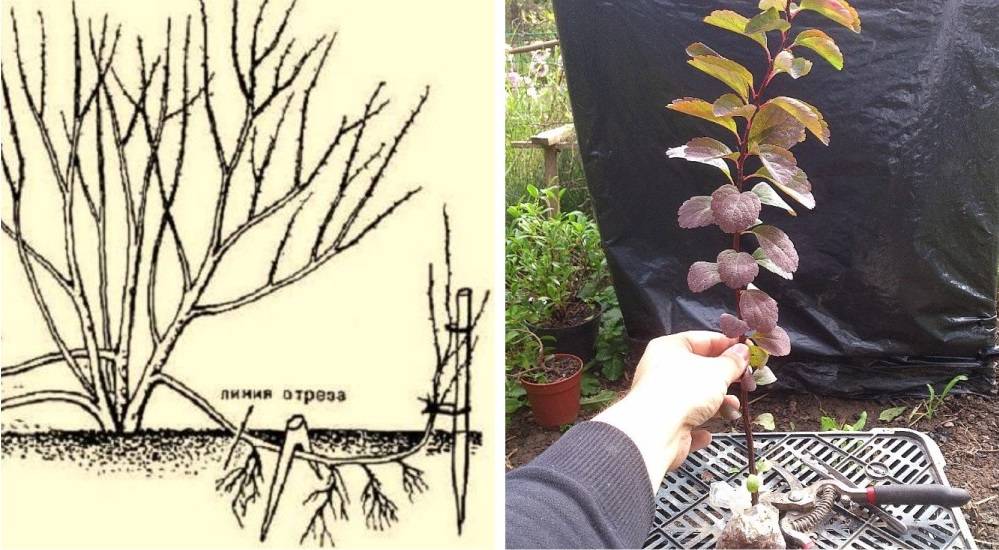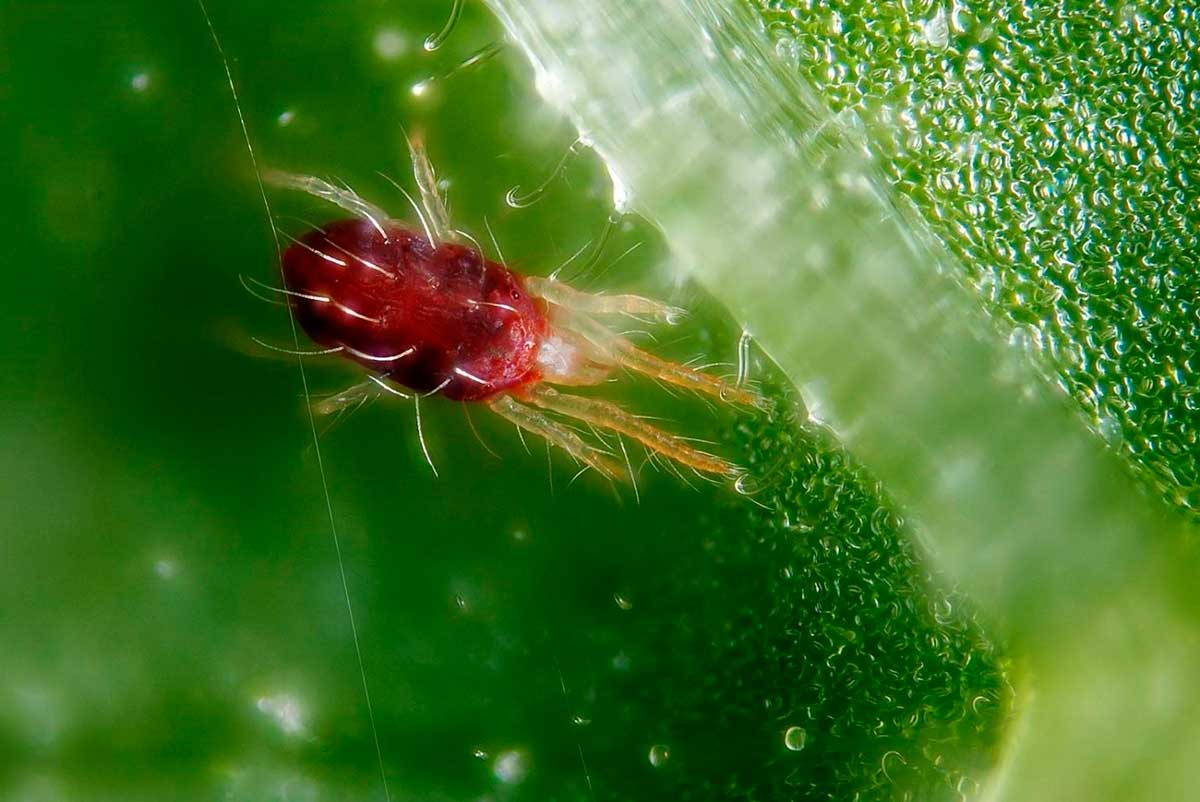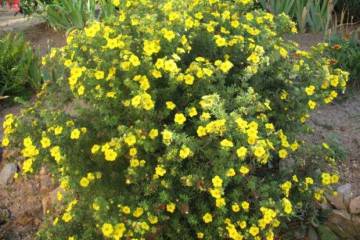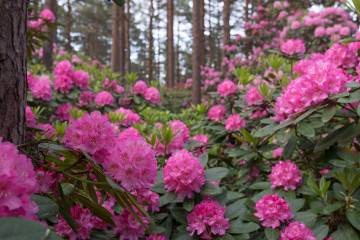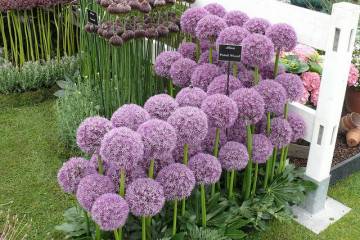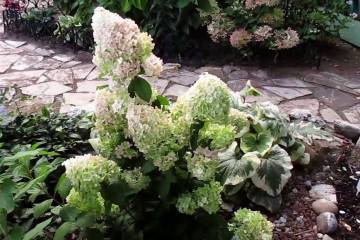Spirea Arguta - description, planting and care
Content:
Many gardeners like to use bright shrubs to decorate their site. One of them is the Spirea Arguta variety. A lush plant with a lot of white flowers, it is quite unpretentious to care for and is able to withstand low temperatures.
Spirea Arguta - description and characteristics
Arguta is a decorative representative of the Pink family. An adult shrub can reach a height of 200 cm, and a crown in diameter - 300 cm. Due to the shape of the leaf plates, the plant is often called Spirea Sharp-toothed. The leaves themselves are lanceolate and dark green in color. Arguta has thin arcuate branches.
Spirea bloom begins in early May and ends in late June. The buds form umbrella-type inflorescences. The fluffy shape of the flowers is given by the stamens, located in large numbers inside the bud. The growth of the bush is rather slow - in a year it stretches 20-30 cm up.
Spirea Arguta is widely used to form the landscape design of a summer cottage. You can plant it alone or create a green hedge. The plant looks good in the company of conifers.
Planting a plant
You can plant a spirea bush in the garden in two ways - grow from seeds or from seedlings.
Seeds
This method of growing is not very popular among amateurs. With the help of seeds, the plant is grown only in nurseries. It is quite easy to do this, but it is very likely that the species characteristics of the mother bush will not be transferred to the new plant.
Seeds are planted with the onset of spring, but the first shoots will appear only after 3-4 months. When several leaves appear on the shoot, the seedlings dive and leave in separate containers until the onset of autumn. Spirea grown from seeds will begin to bloom no earlier than 3 years later.
Cuttings
This is the easiest way to preserve all the properties of the mother bush. It is necessary to cut cuttings for seedlings in early June. For this, one-year semi-lignified shoots are chosen. They must have at least 5 leaves.
Before planting, the cutting is placed in a root solution for 12 hours. You can place it either in a pot with light soil, or in prepared open ground. After that, be sure to cover the seedling with a film.
While the cutting is taking root, it needs careful maintenance. It is necessary to keep the soil not too moist, but not too dry. The seedling should be regularly ventilated and sprayed. It is better to keep the plant in a shaded place. In the spring, when young shoots appear, the bush is transplanted into permanent soil.
Watering and loosening the soil
A mature plant needs systematic watering, but the main thing is not to make the soil too wet. To avoid this, you can lay a layer of mulch around the trunk to avoid drying out.
You should also regularly weed and loosen the soil to provide oxygen to the root system.
Reproduction methods
In addition to the already known methods of propagation, such as seeds and cuttings, there is another common method. It is used by those growers who need only a few seedlings.
This propagation by layering, and it is done in the following sequence:
- In early spring, the lower branches are bent to the ground and secured with staples.
- The place of the fold is sprinkled with soil and mulched.
- Watering of the layering is carried out regularly.
With the onset of next spring, a new plant is dug up and transplanted to a permanent place.
Top dressing and fertilization
Spirea Argut does not require frequent feeding, however, they should not be neglected. It is best to apply bulk fertilizers in spring or autumn. This will provide the plant with essential nutrients. It is best to use Azofosk and Kemir-wagon.
In addition, spirea is fertilized before flowering and after pruning. For this, organic substances are used. Best suited:
- mullein or chicken droppings;
- peat or compost.
During the flowering period, the bush can be fed with such mineral fertilizers as urea and saltpeter. The use of nitrogen components in combination with phosphorus components will provide the plant with additional growth.
At the end of summer, you cannot add phosphorus fertilizers. They can provoke the appearance of new shoots, which will not have time to get stronger and will die in winter.
Plant transplant
Experienced gardeners recommend replanting the bush in spring or autumn, but with the proper skill, this can be done in summer. In order for the plant to take root, it is important not only to prepare it, but also to choose the right place for planting. A sunny, draft-free area is best suited. Lowlands and wetlands should be avoided.
For transplanting, it is necessary to choose seedlings without visible external defects. The bush is treated with fungicides to protect it from fungal diseases. Then the following procedure is performed:
- A drainage layer is laid in a planting pit 50x50 cm in size.
- The prepared substrate is poured asleep.
- At the seedling, the rhizome is straightened and moved into the hole.
- The planting hole is covered with the remaining earth and tamped.
The hole should be prepared in advance so that the soil settles and is evenly moistened.
Pruning
The next year after planting, the plant needs regular pruning. There are several types of it:
- sanitary;
- formative;
- anti-aging;
- stimulating.
With sanitary pruning, damaged and dried branches are removed in the spring. Forming is carried out in spring or autumn. They carry it out in order to create a beautiful appearance of the crown. When the plant turns 3 years old, stimulating pruning is carried out, in which weak and excess branches are removed. When the spirea turns 15, a rejuvenating procedure is performed. To do this, all old branches are completely deleted.
Pests and diseases
Spirea Arguta rarely suffers from any disease, so there is no need to take any preventive measures. However, some pests are dangerous to her. Spider mites, aphids, and rosy scale insects can cause serious damage if not noticed in time. Preventive insecticide treatment will help protect the flower from insects.
Flowering period
Unlike other varieties, Arguta begins to bloom early - already in mid-April the bush is covered with white flowers. By the middle of summer, there are so many of them that the branches begin to slope to the ground.
During this time, fertilization with organic compounds should be avoided.The amount of watering is also regulated, and only dried-up areas are allowed to be cut off.
Preparing for winter
The adult Arguta spirea is able to withstand frosts down to -40 ° C, so she does not need a special shelter for the winter. The main thing is to protect the roots that are located close to the surface of the earth. To do this, a large layer of compost or humus is applied under the bush.
A young plant needs additional protection for the winter. The branches are pulled together with a rope and covered with burlap, and the root zone is mulched.
Use in landscape design
Due to the unpretentiousness of Arguta, it is often used in urban landscaping. It is mainly used as a hedge. In the landscape design of a garden plot, the plant looks good alone or in the company of coniferous plantations.
Spirea Arguta, with proper care, will delight with lush flowering for 25 years. It is ideal for those who do not have the time to constantly care for their gardens.

